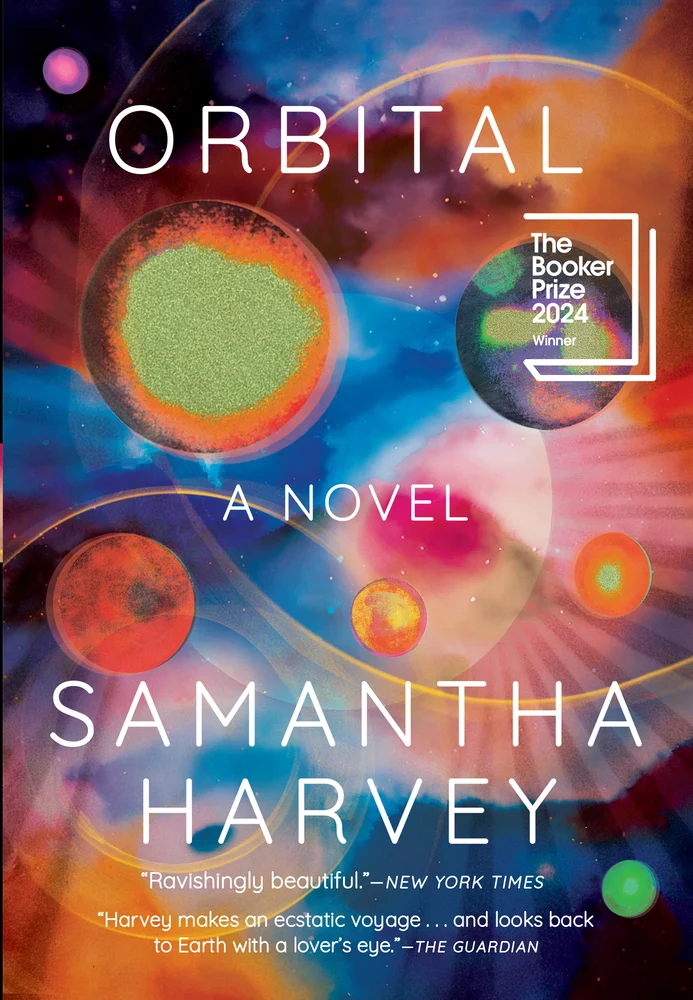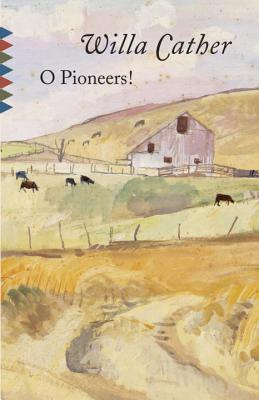Directed by KATHLEEN COLLINS
Review by HANNAH GERSEN

Early in quarantine, I subscribed to the Criterion Channel with the optimistic thought that I would have more time to watch old and obscure movies. But it took me a while to turn away from the news and Netflix’s latest offerings. At some point, however, a nostalgic desire for the past crept in. I started perusing Criterion. Losing Ground wasn’t the first thing I watched, but it was the movie that got me hooked on the channel, for the way it brought me into what felt like a lost world.
Written and directed in 1982 by Kathleen Collins, Losing Ground is one America’s first feature films to be directed by a Black woman. Unfortunately, it never got a theatrical release beyond the film festival circuit, and didn’t find an audience until 2015, when the Film Society of Lincoln Center included it in a series focusing on Black Independent Cinema. But what really makes Losing Ground feel precious—and like a recovered object—is the sad fact that it is the only feature-length movie Collins ever made. She died in 1988 at age 46, leaving behind a body of work that includes another film, the short feature The Cruz Brothers and Miss Malloy, as well as a variety of writings that include short stories as well as plays and screenplays.
Losing Ground is the coalescing of Collins’s literary and filmmaking talents. It depicts a milieu of mostly Black intellectuals, artists, and students, living in Brooklyn and upstate New York. This focus on Black middle-class life is, unfortunately, remarkable for its time—and for any time in American cinema. It’s also unusual for a movie to look closely at the life of a woman in academia. The story centers on Sara Rogers (Seret Scott), a cerebral philosophy professor, and her more intuitive and free-spirited husband, Victor (Bill Gunn), a painter. Their marriage is on shaky ground as their professional and artistic aspirations pull them in different directions. When Victor sells a painting to a museum, he uses the money to rent a house upstate, a decision that annoys Sara, because she had planned to spend the summer in the city, working on a paper in the university’s library. Nevertheless, she tries to make it work as she commutes back and forth between the summerhouse and her workplace. Victor, meanwhile, indulges in numerous flirtations upstate, becoming particularly attached to a young woman named Celia, who becomes his muse and model.
The conflicts in Victor and Sara’s marriage are kept on a low simmer, with everything coming to a boil at an upstate dinner party that ends with a poolside sleepover. This is very much a summer movie with long days, sultry weather, and a saturated color palette of intense greens, yellows, and blues. The mood is light and comedic even as it registers the loneliness in Sara and Victor’s marriage. The scenes have a lived-in, easygoing feel while at the same time being very composed, with special attention to color, light, and blocking. Characters often wear contrasting primary colors that complement the verdantly green landscape; indoors, golden light evokes a lazy summer afternoon. Sara and Victor’s cottage is the definition of charming with stone walls, arching doorways, and latticed window panes that cast flattering light on everyone. The couple’s twilight evenings certainly seem romantic, but when they are alone together they are framed in such a way, with one in the foreground and the other in the background, that you can feel their psychic distance.
The true subject of the movie is not Sara and Victor’s irreconcilable differences, but Sara’s restlessness. She’s the one who is shuttling back and forth between the bucolic countryside and an urban landscape that is emptied out, but still humming with ambition. She’s in the midst of a paper about the ecstatic moment in religious texts, a subject that she approaches with her typical seriousness, dutifully returning to her library carrel, briefcase in hand. In an effort to loosen up, she begins experimenting with her writing process. She tries writing by candlelight, consulting an upstate fortuneteller (who turns out to be at least somewhat clairvoyant) and visiting a picturesque country church in search of ecstatic communion. She seems to be looking for her more creative, free-spirited self—or maybe it’s her last-ditch effort to save her marriage. Victor is so taken with Celia and lost in his own artistic process that he doesn’t seem to notice these new behaviors in his typically straight-laced wife. When Sara impulsively agrees to star in a student film, she begins to stay in the city for longer periods of time. She finds that she enjoys working with her students, flirting with her male costar, and being away from her husband. Film is ultimately what allows her to break free from the constraints of her marriage and her husband’s gaze.
This depiction of a woman discovering herself through the medium of film struck me as distinctly autobiographical, a self-portrait disclosed to the viewer at the very end. Like her heroine, Collins was a professor at the City College of New York who collaborated with her students to make her first movie. In a 1982 television interview that accompanies the Criterion Channel’s presentation of Losing Ground, Collins describes how she came to movie-making from academia. She never aspired to a career in film or was even much of a film buff; she stumbled upon her talent when she was living in Paris, pursuing a masters in French Literature. While taking an elective course in cinema, she became fascinated by film adaptations of novels, which she saw as a kind of translation from a textual narrative to a visual one. When she returned to New York City, she had the opportunity to try film editing and fell in love with the process. With the help of a mentor (who was, according to Collins, one of just four Black film editors in New York at the time, the mid 1960s) Collins got her union credentials and worked as an editor for several years. She did not return to teaching until the early 1970s, when film started to become a formal area of study. It was in a university setting that she was finally able to make her own movies, having access to equipment, as well as collaborators—her cinematographer, Ronald K. Gray, was one of her students.
In addition to teaching and editing, Collins wrote plays and fiction throughout her career. She had some small successes as a playwright, but her short fiction was barely published in her lifetime. As with her films, her writing has only recently begun to find an audience. A collection of her short fiction, Whatever Happened to Interracial Love? was published in 2016 to wide acclaim. In 2019, Collins’s diaries and letters were collected in Notes from a Black Woman’s Diary, which New York Times reviewer Parul Seghal lamented for being too short, remarking that, “for those of us under Collins’s spell, our plaint will always be the same: more.”
After watching Losing Ground, I felt that hunger Seghal describes, so I spent a couple of enjoyable afternoons in the company of Whatever Happened to Interracial Love? It’s not at all difficult to find Collins’s love for filmmaking in her stories. She borrows freely from screenwriting and playwriting, sometimes formatting her dialogue and describing characters according to theatrical conventions. Unfortunately, the stories are undated, and don’t seem to be in chronological order, so it’s difficult to know how they might be in conversation with her films. A website maintained by Collins’s daughter, Nina Collins, suggests that Collins began writing short stories in the late 1960s, around the same time she began working as a film editor—and you can certainly see evidence of her work in her stories. The first story, “Exteriors,” is a description of lighting cues; the second, “Interiors,” is two back-to-back monologues, the first labeled ‘Husband,’ the second ‘Wife.’ As its title suggests, “Documentary Style” directly concerns filmmaking, putting readers in the head of a disgruntled cameraman. Dialogue and monologue are used in almost all of her stories, although one of my favorites, “Treatment for a Story,” contains none and winks at cinematic clichés to tell the story of a man whose self-involvement is intoxicating right up to the moment it becomes completely repellent.
In addition to these obvious nods to filmmaking, Collins is a profoundly visual writer, alert to what people look like, how they wear their hair, what clothing they favor, and how they walk. Like a cinematographer, she is acutely aware of the way light, weather, and color can affect mood. A recurring image in her fiction is that of a sunlit room, which seems, like Virginia Woolf’s room of one’s own, to symbolize freedom for her female characters. In “Lifelines” a woman extricating herself from a lackluster relationship finds a new life in a house upstate:
The house suited me. It was small and the sun came into every room, filling it with light and giving me an incredible sense of well-being.
“Lifelines” contains several scenes and images that seem to be in conversation with Losing Ground, including a visit to the hairdresser that turns into an impromptu fortune-telling session. It made me wonder if the story was a sketch for the film, and if she’d had plans to adapt any of her other stories into movies. The title story, “Whatever Happened to Interracial Love?” certainly seems like a good candidate; it describes a doomed, complicated, interracial romance that unfolds between two college students at the height of the Civil Rights era. “The Happy Family,” is another story that seems to want a bigger canvas, as it follows the decades-long dissolution of a seemingly charmed family. But maybe these musings are my own wistfulness; after you’ve been exposed to Collins’s work you can’t help trying to guess what she might have made, if only she’d had more time.
Losing Ground is available on the Criterion Channel through August 31, 2020.
Hannah Gersen is the author of Home Field and a staff writer at The Millions. She writes about movies on her blog, thelmaandalice.com, and @thelmaandalice.




